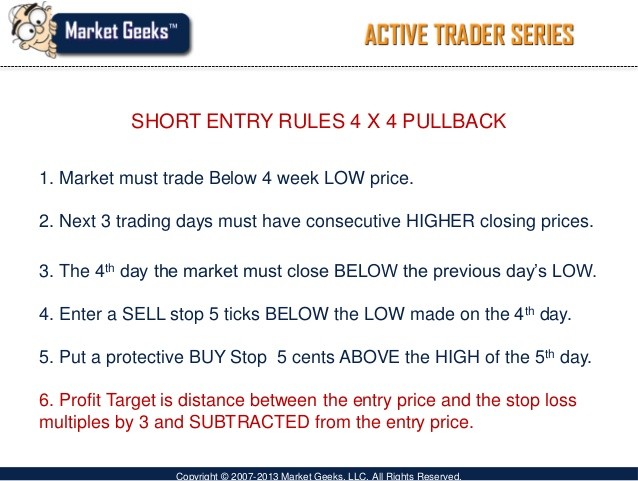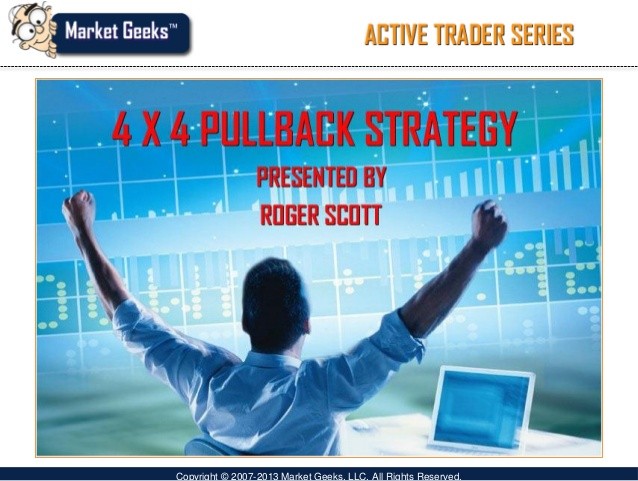Video Trading Strategies How to Trade Retracements
Post on: 16 Март, 2015 No Comment

Dec 22, 2014 at 3:22 pm [ 0 ]
We delve deep into using retracements and Fibonacci numbers
Trading retracements is a very popular strategy, as it lets you take advantage of getting in at the right time on a trend that already has some momentum. But how you can tell if there’s a retracement? Or a trend for that matter?
These are the million dollar questions, aren’t they. Trends aren’t actually that hard to spot on charts, once you have a little bit of experience, although they might look different for the varying instruments steeper and prolonged for less traded currency pairs, or long and gradual for the more traded and popular indexes like the Dow Jones.
The tricky part is making the difference between the moment these trends are over or if they are just catching their breath before going on. These two scenarios are respectively called reversals and retracements.
Trend reversals are defined as the moment when a prolonged movement in one direction has finally run its course and goes the opposite way. We’ll be dissecting reversals and how to trade them in our next video tutorial so we’ll leave it at that for now.
Retracements are the small moves against the course of a trend (otherwise known as price corrections) and can be attributed to profit taking by short-term traders, the “random walk” theory or simply more people deciding to go the other way. If the latter were to prevail then we get a reversal and we need to set a stop loss. If the trend continues, we need a take profit level. But where to place them?
You could go with your gut feeling by looking only at the chart, but a more prudent approach would be to use Fibonacci number sequence instead.
Their origins can actually be traced back to India, where mathematicians developed the sequence as early as 200 B.C. but in the West, they’ve come to be known as Fibonacci numbers, named after one of the aliases of the Italian mathematician Leonardo Bonacci.
The sequence of the numbers is simply explained as a sequence starting with 0 and 1 and the number in the sequence after them is the sum of the previous two. So it usually looks like 0, 1, 1, 2, 3, 5, 8, 13, 21, 34, 55, 89, 144 etc. The different numbers form different relations and distances between each other and can be found in nature, although it is not universally observed. Just like in markets.
Fibonacci retracements can be useful on many occasions when it comes to charts. There is no universal filter to identify a situation when they would be most suitable, but some argue that they are more practical when looking at markets that have recently (relative to the timeframe you are using) experienced a large move.

This is the staging point of using the Fibonacci retracements. It involves picking the most recent high and low point which serve as reference points for the algorithm to form the indication levels.
As seen in the video, the most important levels are 0%, 23.6%, 38.2%, 61.8% and 100%. They form the respective support and resistance levels that serve as triggers for the different types of trades. One useful thing to do at this point is to jump out of the whole Fibonacci and retracement idea and simply confirm the levels have previously been tested and did infact act as barriers.
The usual advice for setting stop-loss and take profit levels is to place them slightly above or below the respective levels. If we’re looking at a downward trend, then we place the stop loss at or above the closest Fibonacci level that is above the current price.
The assumption is of course that the trend will continue, so this gives more confidence that a new high or low will be achieved, aiming to extend the profit. This is where your personal risk tolerance comes into play you might place the take profit level at two levels away, or more.
As one of the most widely used technical indicators, Fibonacci numbers do carry a certain level of psychological weight, meaning traders act on them automatically, without considering other factors. But in the end the most crucial point is to use them when they can confirm a retracement with the generated levels this can provide confidence that the future support and resistance levels drawn by the tool will also be true and the strategy would be successful.
Any questions about this trading strategy? Let us know in the comment section and well get back to you.














